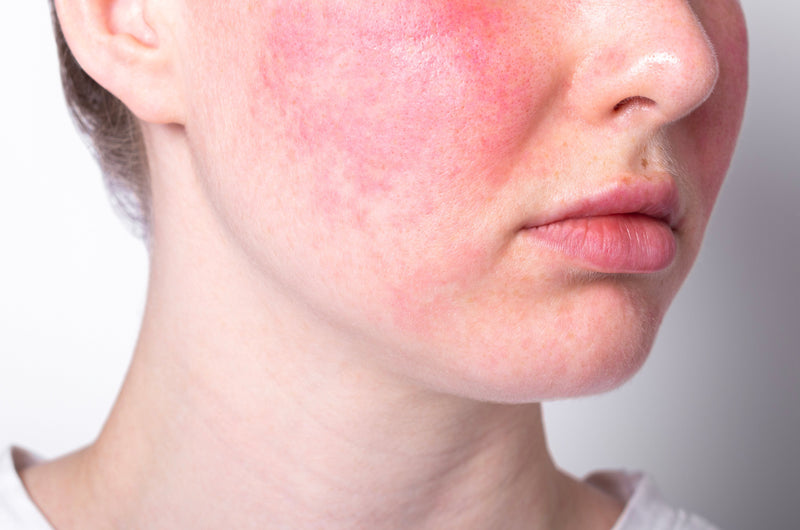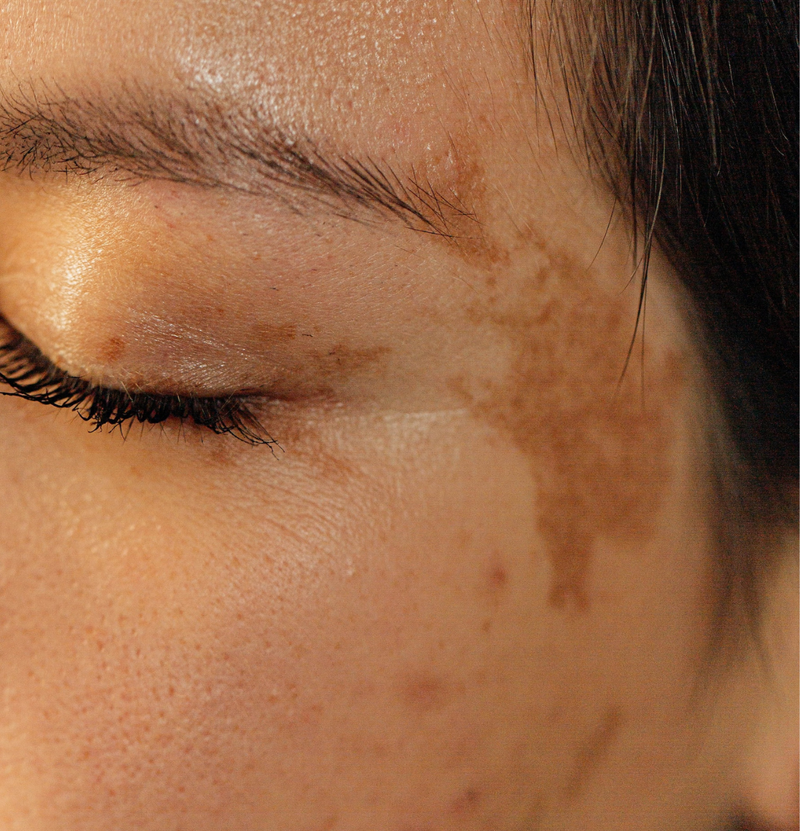What Is Tranexamic Acid?
If you’ve been exploring treatments for stubborn dark spots or melasma, you’ve likely come across tranexamic acid (TXA). Originally used in medicine to help with blood clotting and reduce bleeding, tranexamic acid has found a second home in dermatology, and for good reason.
In skincare, tranexamic acid works by inhibiting the interaction between UV light, skin cells, and pigment production. More specifically, it blocks pathways that trigger melanocyte activity (the cells responsible for melanin production), helping reduce discoloration and brighten the skin over time. It also has anti-inflammatory properties, making it useful for conditions like post-inflammatory hyperpigmentation and melasma.
Benefits of Tranexamic Acid
TXA isn’t your average brightening ingredient. It offers a unique set of benefits, especially for those dealing with stubborn pigmentation issues:
- Fades melasma & hyperpigmentation: Studies show that both oral and topical forms of tranexamic acid can significantly lighten melasma and dark spots.
- Reduces post-inflammatory pigmentation: Whether from acne, eczema, or laser treatments, TXA helps fade the marks that hang around after inflammation.
- Brightens overall skin tone: It contributes to a more even complexion without the harshness of some other skin-lightening agents.
- Gentle yet effective: TXA (2-5%) tends to be well tolerated—even for sensitive skin—and works well as part of a comprehensive pigmentation treatment plan.
Possible Side Effects
Tranexamic acid is generally safe, especially in topical form. However, it is important to note its side effects:
- Topical TXA can cause mild irritation including redness and scaling that may occur when first introducing it, which often resolves with adequate moisturization.
- Oral TXA, while effective, should only be used under medical supervision due to risks such as blood clot formation in certain individuals
How to Incorporate Tranexamic Acid Into Your Skincare Routine
Adding TXA to your routine is relatively simple and often very rewarding for those struggling with hyperpigmentation. Here’s how to do it right:
- Choose your formula: TXA comes in serums, creams, and sometimes as part of combination products with niacinamide, kojic acid, or azelaic acid.
- Start with once daily: Use it at night or in the morning, depending on the product instructions. Many prefer using it in the evening.
- Layer wisely: TXA pairs well with gentle actives like niacinamide, vitamin C, and hyaluronic acid. Avoid layering with too many strong acids unless your skin is used to it.
- Don’t skip sunscreen: Like most pigment-correcting ingredients, TXA works best when you protect your skin from UV exposure with SPF 30+ every single day.
Consistency is key: You’ll typically start seeing results in 6–8 weeks with regular use.








